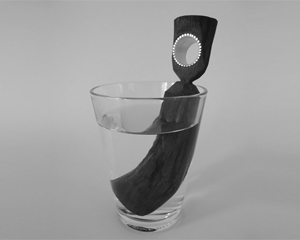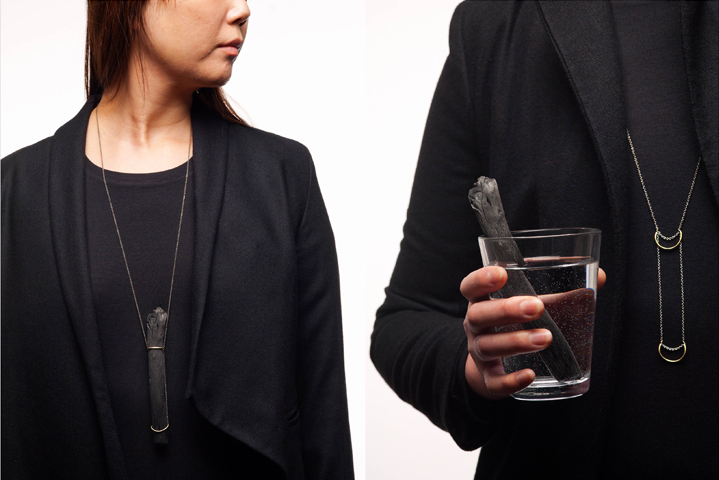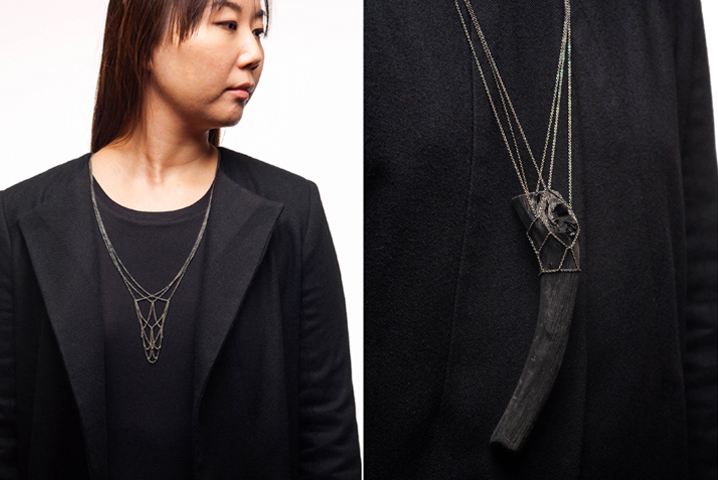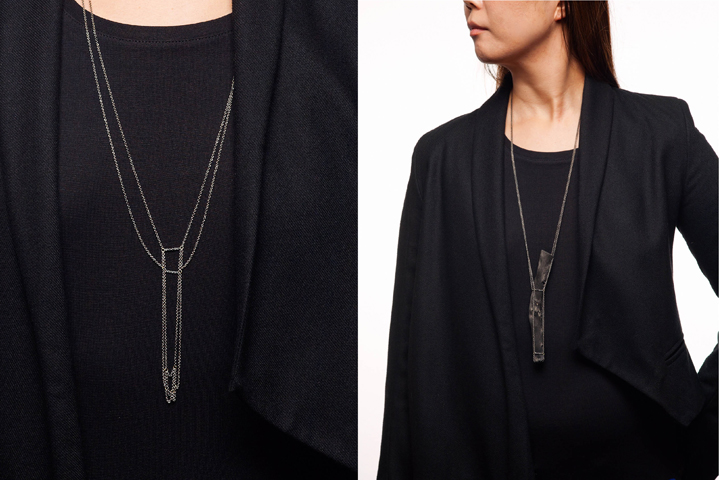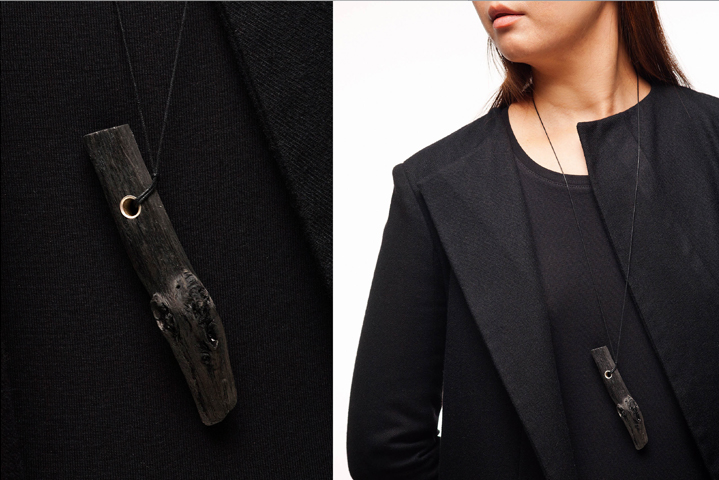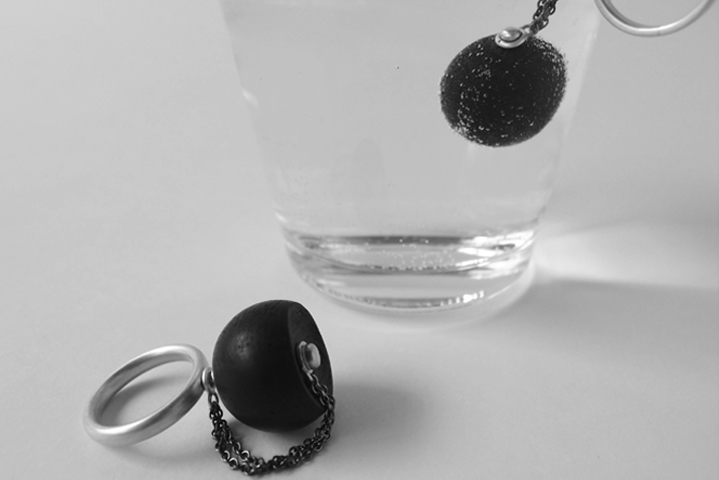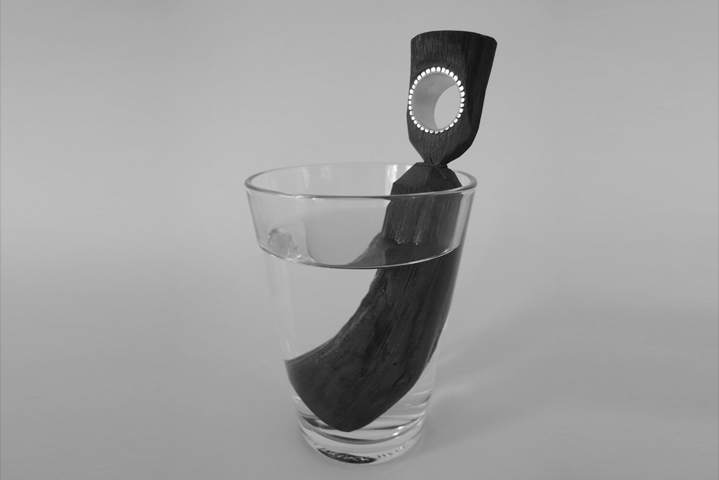Black to Kawaii, is a series of experiments with the material Binchotan, also known as purifying white charcoal. Working with a material in its most unadulterated form, with a minimum of manipulations and added elements, the aim is a raw and almost unprocessed outcome.
Binchotan originates from Japan and is manufactured by a centuries old tradition, which takes sustainability in production into account. Binchotan is basically carbonized Oakwood, and the stems and branches are harvested without harming the tree’s root structure. Unlike commonly known black charcoal, the burning method for Binchotan consists of capturing the carbon in the wood without allowing it to escape as CO2. Activation of the coal is by burning oak wood at extremely high temperatures and low supply in custom-built ovens, where the carbon is tapped in the wood without letting it escape as CO2. This process gives the carbon a large number of pores, which makes it suitable to clean drinking water and remove unwanted bacteria’s, while it adds natural minerals to the water.
After the coal has finished one functional life span as purifying water, it can start another one as jewellery. Simply put, it is ‘re-cycling’ a material that has a long list of qualities, and only one has expired.
The collection is made from certified, sustainable gold from Oro Verde and Binchotan from Sort of Coal. The organic wool jackets are made in collaboration with fashion designer Nadine Mollenkamp.
Gitte Nygaard graduated from the Danish College for Jewellery and Silversmithing in 1998 and from the jewellery department at Gerrit Rietveld Academie in Amsterdam, the Netherlands in 2002. She has been nominated for the Rotterdam Designprijs at Museum Boijmans van Beunigen, in the Netherlands, and received working grants from Fonds voor beeldende kunsten vormgeving en bouwkunst in the Netherlands and the Danish Arts Foundation. On several occasions, she has been invited to participate in the project Cascoland in South Africa, an international collaborative project where artists and designers engage in local neighbourhoods to activate and develop the public space.
